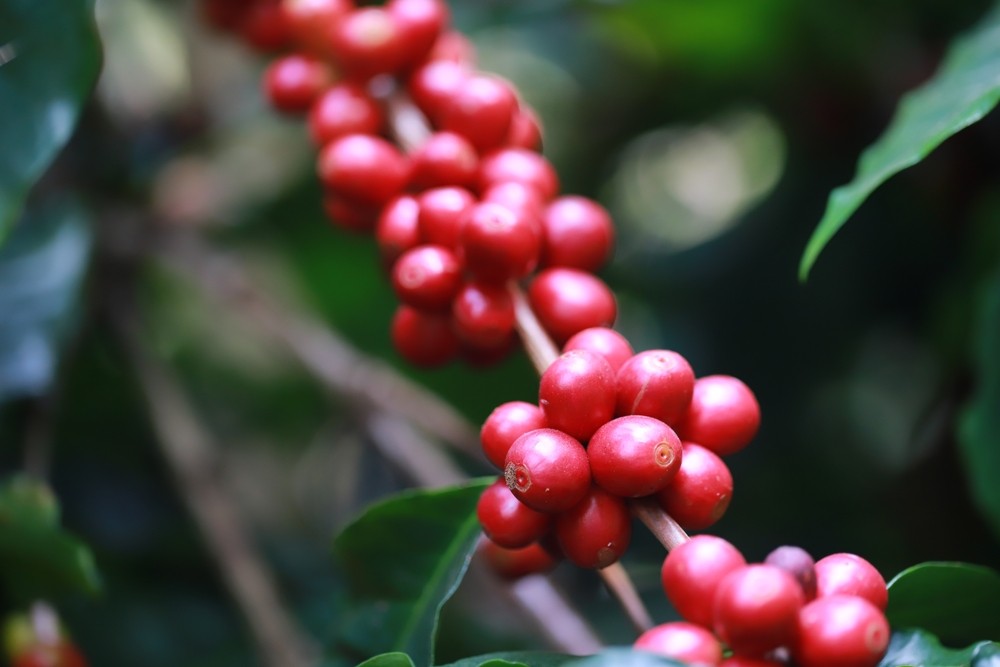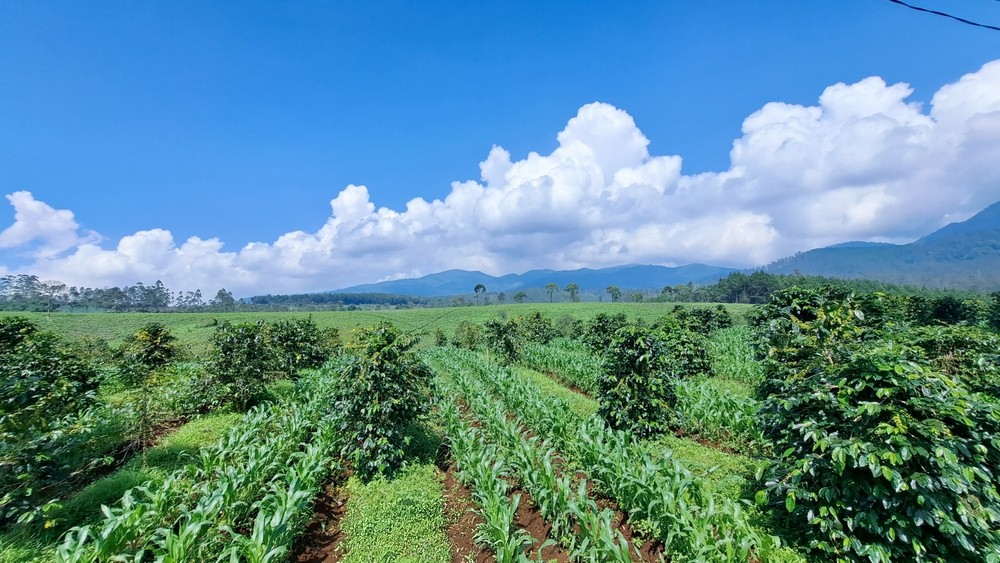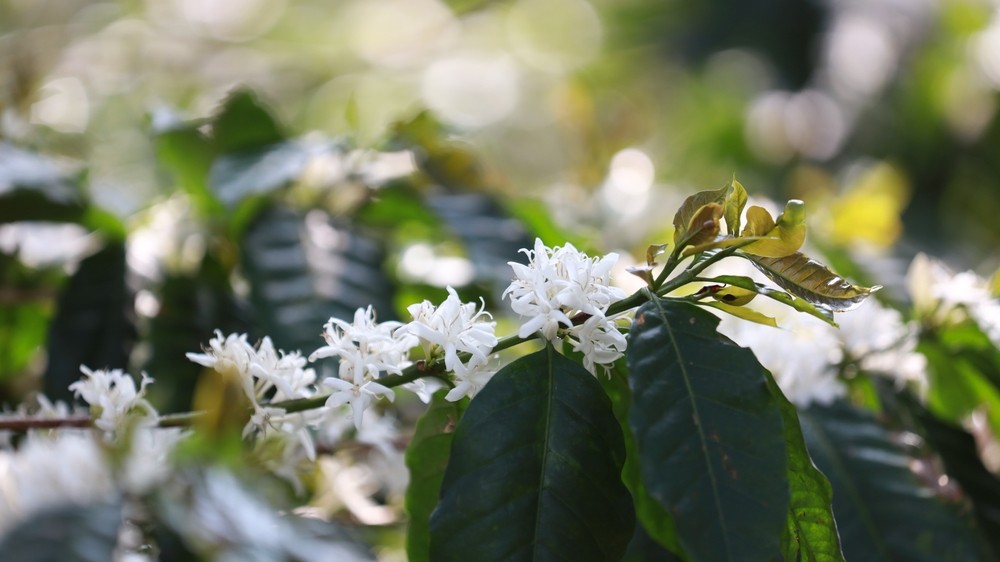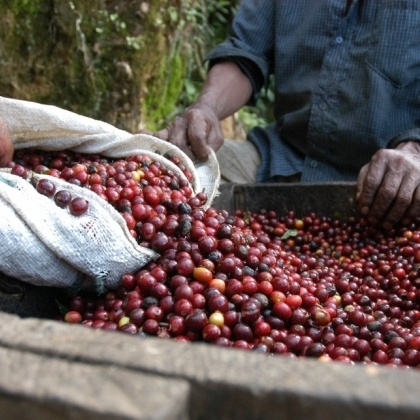
The two major varieties of Arabica are Typica and Bourbon .
This time, we will introduce `` Typica '' in detail.
By the way, as I mentioned in a previous article, this variety is not a species on the plant Manabu , but a "cultivated variety."
Among the Arabica species, the two cultivated varieties, " Typica " and " Bourbon ," are considered the two major varieties because the coffee varieties cultivated today are derived from these two lineages.
First, let me introduce the history of how Typica spread around the world.
The lineage of Typica that spread from Yemen to Asia
Both Typica and Bourbon are descendants of coffee brought from Yemen, where coffee is said to have been cultivated as early as the late 15th century.
The Ottoman Empire and the Shiite Islamic dynasties that ruled the region prohibited the export of coffee trees and seeds, but in the late 17th century, coffee trees were taken to India and Ceylon and cultivated there, and it is believed that Typica strain was transplanted from India to Java.
The Dutch East India Company brought coffee seedlings from India to Java around 1690, but the first attempt failed due to a flood. In 1699, seedlings were brought again and successfully cultivated on Java. This Java coffee became the prototype of Typica coffee we know today. The name Typica comes from the Latin word meaning "typical," and it has long been recognized as a representative genotype of the Arabica species.
The Dutch East India Company brought coffee seedlings from India to Java around 1690, but the first attempt failed due to a flood. In 1699, seedlings were brought again and successfully cultivated on Java. This Java coffee became the prototype of Typica coffee we know today. The name Typica comes from the Latin word meaning "typical," and it has long been recognized as a representative genotype of the Arabica species.
 Current coffee plantations in Java
Current coffee plantations in JavaTypica spreading around the world
In 1706, the Dutch sent coffee seedlings from Java to the botanical gardens in Amsterdam, which in turn donated a plant to the Royal Gardens in Paris in 1714. In the 1720s, this variety of coffee was transported to the Caribbean island of Martinique, giving it a foothold in the Caribbean, including Haiti, which would later become a famous coffee-producing region.
From Martinique, Typica spread to Central and South America, and from the 18th to the 19th century, it began to be cultivated in many countries, including Mexico, Guatemala, Colombia, and Peru. In particular, in the Antigua region of Guatemala, the delicate flavor of Typica , combined with the high altitude environment, produced a high-quality coffee that remains highly acclaimed to this day.
Typica is also the origin of world-famous premium coffees such as Jamaica's Blue Mountain, Hawaii's Kona, and Tanzania's Kilimanjaro. Maragogype , known for its large beans, was discovered as a mutation of Typica .
From Martinique, Typica spread to Central and South America, and from the 18th to the 19th century, it began to be cultivated in many countries, including Mexico, Guatemala, Colombia, and Peru. In particular, in the Antigua region of Guatemala, the delicate flavor of Typica , combined with the high altitude environment, produced a high-quality coffee that remains highly acclaimed to this day.
Typica is also the origin of world-famous premium coffees such as Jamaica's Blue Mountain, Hawaii's Kona, and Tanzania's Kilimanjaro. Maragogype , known for its large beans, was discovered as a mutation of Typica .
Features of Typica
Despite its excellent quality, Typica coffee faces challenges in modern commercial coffee production. It is particularly susceptible to coffee rust and lacks resistance to other pests. Furthermore, its productivity is also poor compared to other varieties, with low yields and slow growth, leading to the replacement of Typica with more productive varieties in many producing regions.
Since the 1970s, the area cultivated with pure Typica has decreased significantly due to the spread of more productive varieties such as Caturra and Catuai, but due to its excellent flavor characteristics, it is still cultivated by small, quality-conscious farms and in certain highland areas.
The distinctive feature of Typica coffee trees is their height. They are relatively tall, reaching 3-4 meters, and have elongated leaves. The new shoots have a distinctive bronze color, and the fruit is elongated and oval in shape.
The greatest feature of Typica 's flavor is its delicacy and excellent balance. Bright, delicate acidity, elegant sweetness, and complex flavors are in harmony, and the medium to light body gives it an overall clean and elegant impression.
Many coffee experts believe that Typica 's refined flavor sets the standard for "high quality coffee."
Since the 1970s, the area cultivated with pure Typica has decreased significantly due to the spread of more productive varieties such as Caturra and Catuai, but due to its excellent flavor characteristics, it is still cultivated by small, quality-conscious farms and in certain highland areas.
The distinctive feature of Typica coffee trees is their height. They are relatively tall, reaching 3-4 meters, and have elongated leaves. The new shoots have a distinctive bronze color, and the fruit is elongated and oval in shape.
The greatest feature of Typica 's flavor is its delicacy and excellent balance. Bright, delicate acidity, elegant sweetness, and complex flavors are in harmony, and the medium to light body gives it an overall clean and elegant impression.
Many coffee experts believe that Typica 's refined flavor sets the standard for "high quality coffee."
Typical Typica growing areas

Typical Typica growing areas include Guatemala and Mexico in Central America, Peru and Colombia in South America, the Blue Mountains of Jamaica in the Caribbean, and Java, Indonesia, and Papua New Guinea in the Asia-Pacific region.
The unique characteristics of each region, such as the high altitude, the misty environment, and the volcanic soil, give Typica its distinctive character, resulting in different flavor profiles from region to region. For example, Typica from Antigua in Guatemala is characterized by chocolate and nutty flavors, while Typica from Jamaica's Blue Mountains stands out for its floral aromas and smooth mouthfeel.
Pure Typica is now rare and highly valued. Its delicate and elegant flavor is still loved by many people as a synonym for high-quality coffee.
Read more related articles>>


